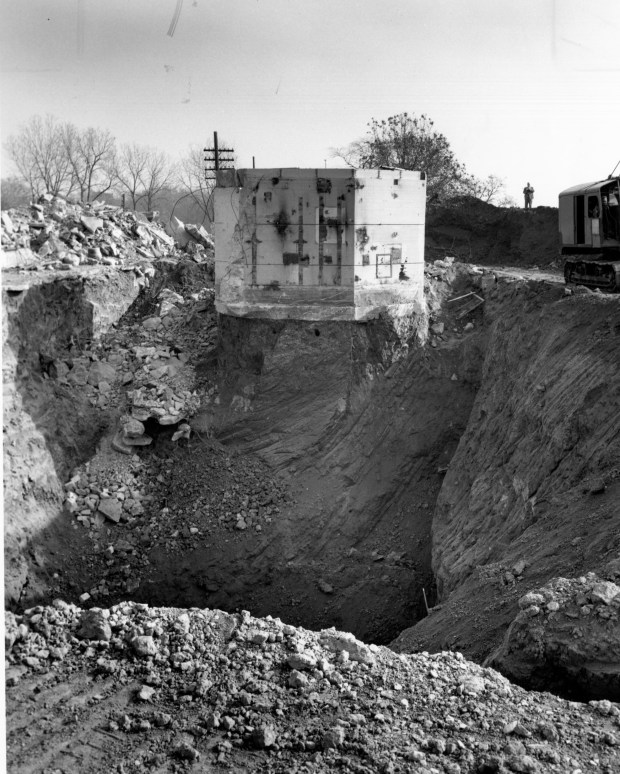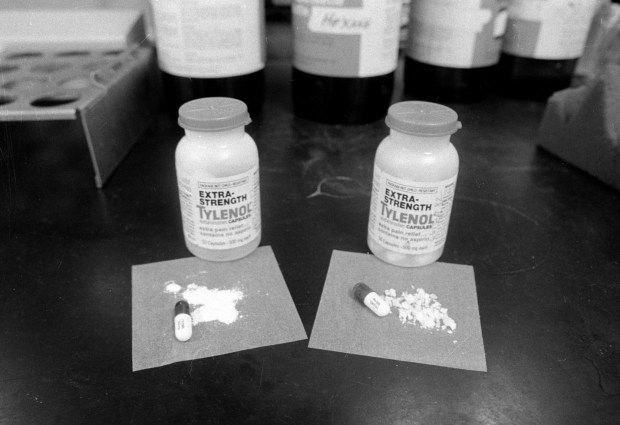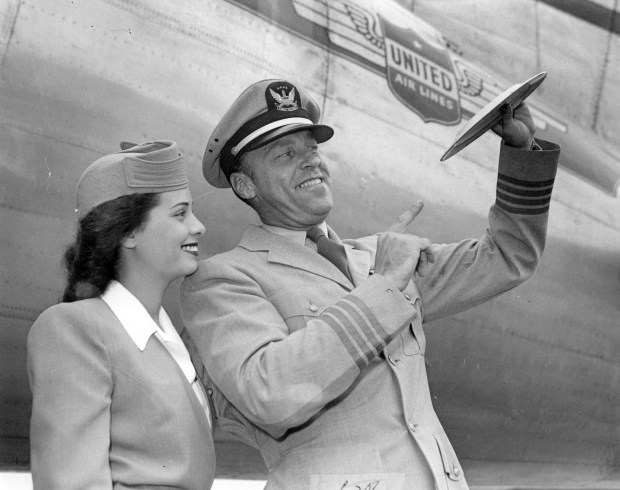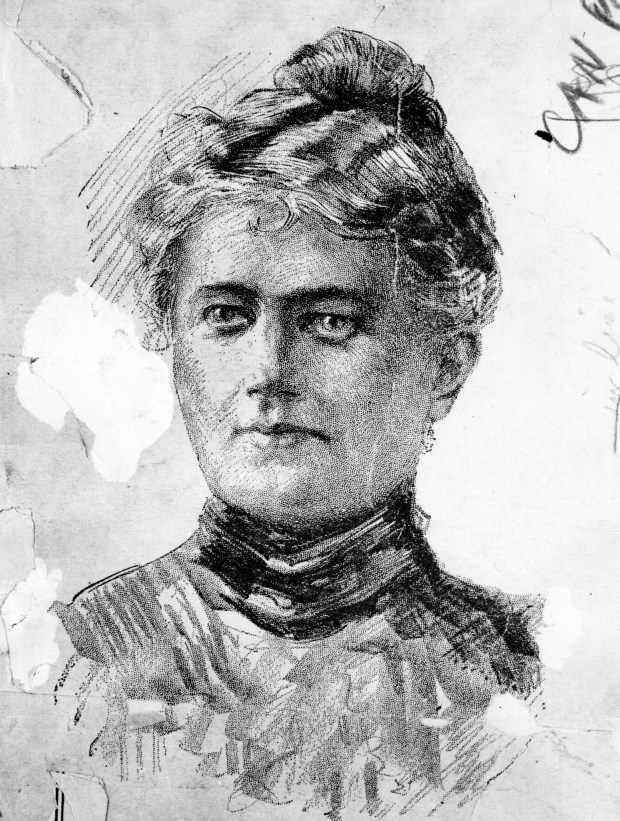The Chicago Tribune has been reporting on the known and unknown since 1847.
Which might explain why its vast story and photo archives were a key stop in helping host/writer/producer Geoffrey Baer prepare for his newest television special. “Chicago Mysteries” premieres at 7 p.m. Monday on WTTW-Ch. 11.
Want a sneak peek at a few of the puzzles Baer will attempt to solve? Read on — though be prepared for a few spoilers.
Did Louisa Luetgert run away?
That’s what her husband Adolph Luetgert, a sausage factory owner, said she threatened to do on May 1, 1897. Yet a fleshy big toe and part of a false tooth were discovered nearby.
Various sightings of her were reported from around the country, and as his trial ground to a close there was a report that she was “on the way home” from Michigan.
She never showed up in court or anywhere else.
What happened to ‘Foolkiller No. 3?’
Peter Nissen and his Foolkiller floating balloon at 405 West Kinzie Street in Chicago. Nissen, a Great Lakes daredevil, tried to cross Lake Michigan in the “rolling bag” called the Foolkiller No. 3 in 1904 and lost his life in the attempt. (Chicago Tribune archive)
The 30-foot long and 20-foot wide canvas-covered vessel looked more like a floating blimp than a submersible. It was designed to glide across land or water when propelled by the wind. Its cavity was dotted with one glass porthole on each end and hollow except for an axle to help the watermelon-shaped machine turn while its occupant was seated atop it.
Peter Nissen, its inventor, packed up some food, pumped up his vessel by hand and set out to cross Lake Michigan — powered by the wind like a tumbleweed — on Nov. 29, 1904.
What link does a Cook County forest preserve have to the Atomic Age?

Red Gate Woods near Willow Springs — not Stagg Field — would have been the site of the first nuclear reaction on Dec. 2, 1942 if it hadn’t been for a labor strike.
Why was the site considered for nuclear tests and does radioactive waste remain there today?
Who tampered with bottles of Tylenol?

These Tylenol capsules were connected with one of the 1982 poisonings. Cook County doctors found that the capsule at right contained cyanide, which has a grainier texture than the medicine shown at left. (Charles Osgood/Chicago Tribune)
Seven people in the Chicago area died in a chaotic 24-hour period on Sept. 29, 1982, after ingesting Tylenol capsules laced with potassium cyanide.
Widely regarded as an act of domestic terrorism — a term not in the country’s vernacular at the time — the murders led to tamper-evident packaging, copycat killings and myths about tainted Halloween candy.
The Tylenol case is a decadeslong story of heartbreak, anger and frustration.
Did a UFO hover above O’Hare International Airport?

Was it an alien spaceship? A weather balloon lost in the airspace over the world’s second-busiest airport? A top-secret military craft? Or simply a reflection from lights that played a trick on the eyes on Nov. 7, 2007?
Want more vintage Chicago?
- Become a Tribune subscriber: It’s just $12 for a 1-year digital subscription
- Follow us on Instagram: @vintagetribune
- And, catch me Monday mornings on WLS-AM’s “The Steve Cochran Show” for a look at “This week in Chicago history”
Thanks for reading!
Join our Chicagoland history Facebook group and follow us on Instagram for more from Chicago’s past.
Have an idea for Vintage Chicago Tribune? Share it with Ron Grossman and Marianne Mather at rgrossman@chicagotribune.com and mmather@chicagotribune.com





